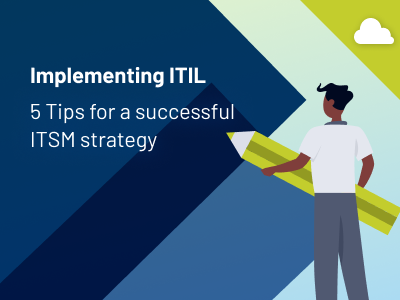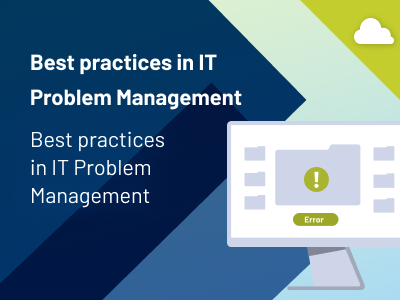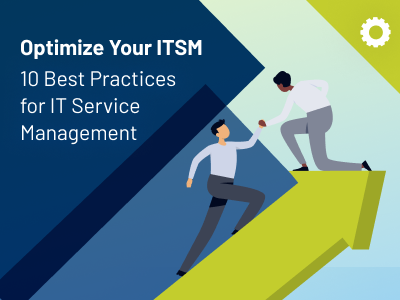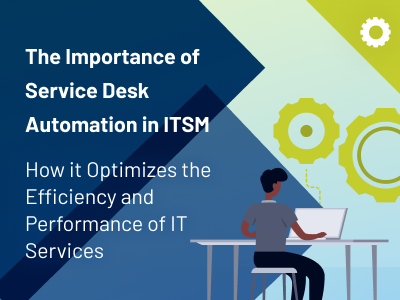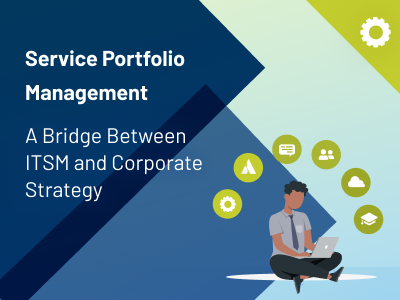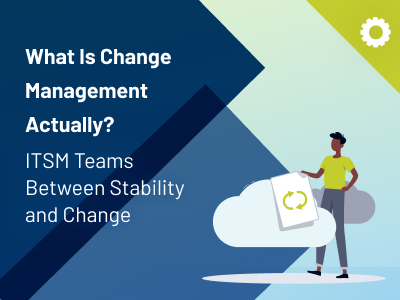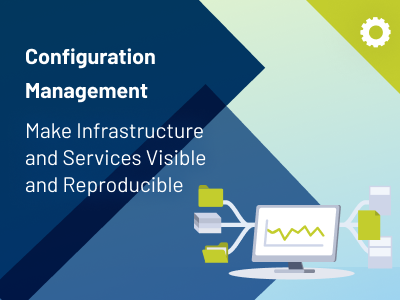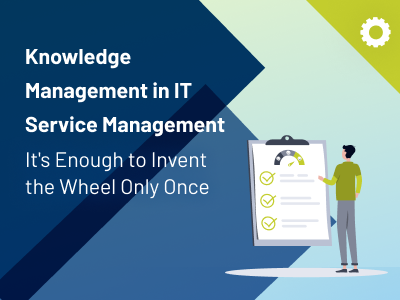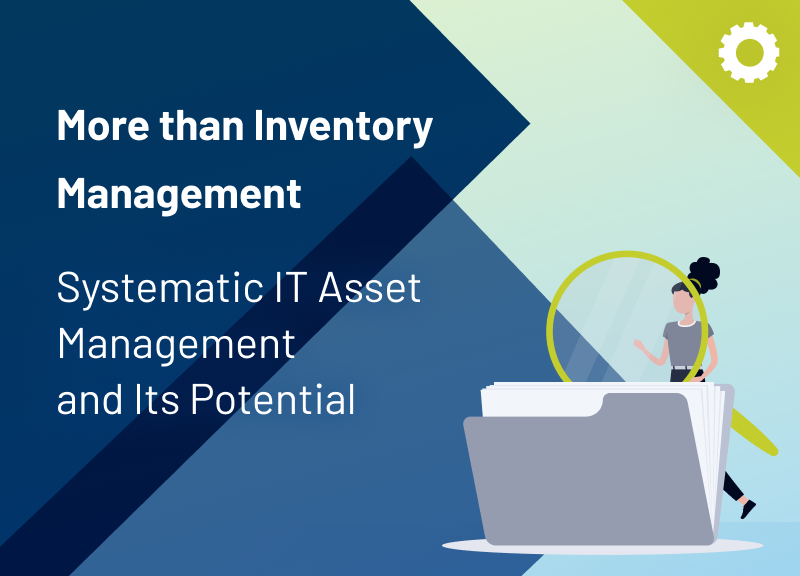The implementation of ITIL is an important step for companies to offer more efficient and high-quality IT services. This undertaking should therefore be well prepared. This article will help you with this: we will discuss the benefits of ITIL and provide five tips for successful implementation.
5 Useful Tips for Your ITIL Implementation
